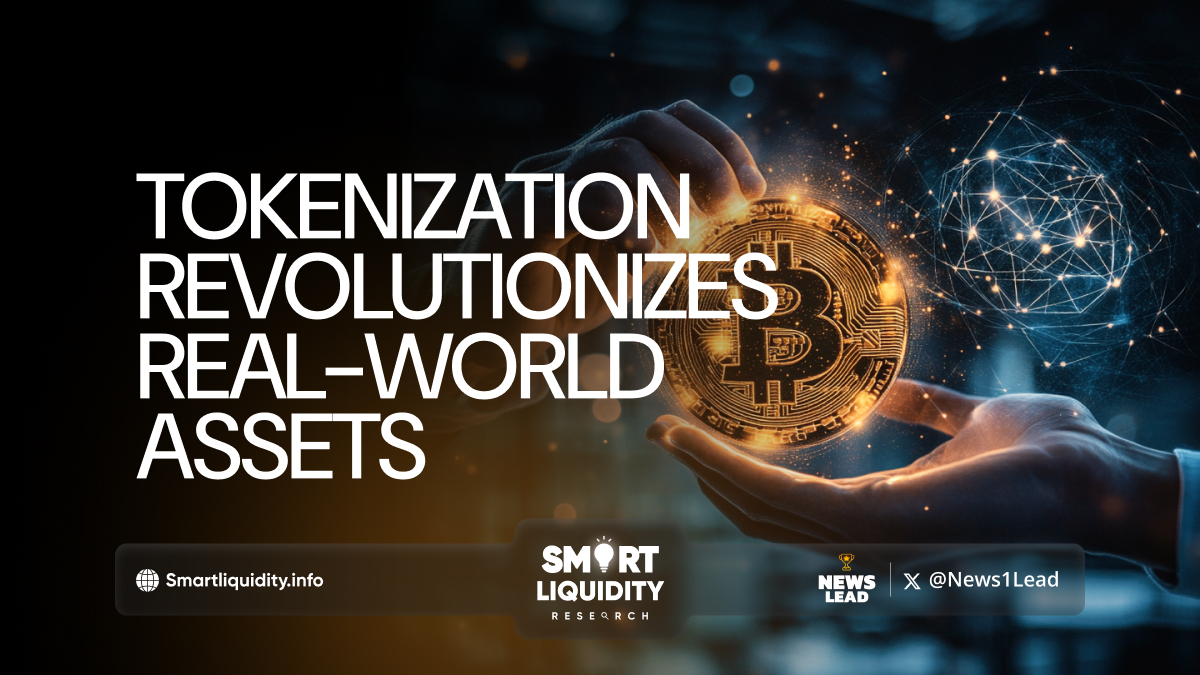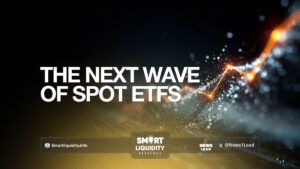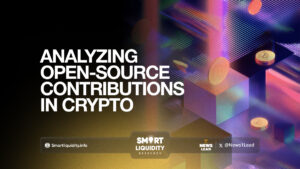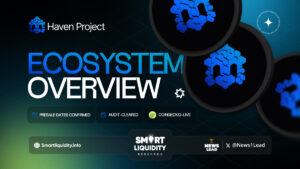How Tokenization is Transforming Real-World Assets


Blockchain technology and digital assets are transforming finance, with tokenization of real-world assets (RWAs) leading the way. Tokenization turns physical assets or ownership rights into digital tokens on a blockchain, revolutionizing sectors like real estate and commodities by boosting liquidity, transparency, and access.
Understanding Tokenization
Tokenization involves creating digital representations of tangible assets on a blockchain. These digital tokens are essentially programmable contracts that can encapsulate ownership rights, thus allowing assets to be traded or managed in a more efficient and secure manner. The process typically involves three main steps:
- Asset Identification: Identifying the real-world asset that will be tokenized. This could be anything from real estate and art to commodities like gold or oil.
- Digital Representation: Creating a digital token that represents ownership or a share of the asset. This token is recorded on a blockchain, which provides a transparent and immutable ledger of transactions.
- Regulatory Compliance: Ensuring that the tokenization process adheres to legal and regulatory requirements, which may vary depending on the jurisdiction and the type of asset being tokenized.
Benefits of Tokenizing RWAs
- Increased Liquidity: Traditional assets, especially illiquid ones like real estate, can be difficult to buy or sell quickly. Tokenization allows these assets to be divided into smaller, tradable units, enhancing their liquidity. Investors can buy and sell fractional ownership, making it easier to access and trade assets that were previously out of reach.
- Enhanced Transparency: Blockchain technology provides a transparent and immutable record of all transactions. This transparency reduces the risk of fraud and ensures that all parties involved have access to the same information. Each token transaction is recorded on the blockchain, providing a clear and verifiable audit trail.
- Reduced Costs and Increased Efficiency: Tokenization eliminates the need for intermediaries, such as brokers or notaries, by automating processes through smart contracts. This reduces transaction costs and speeds up settlement times. The use of blockchain also minimizes paperwork and manual processing, further streamlining operations.
- Access to New Investment Opportunities: Tokenization lowers the barriers to entry for investors. With traditional asset classes often requiring significant capital, tokenization allows for fractional ownership, enabling smaller investors to participate in high-value assets. This democratizes investment opportunities and broadens market access.
- Global Reach: Blockchain operates on a global scale, allowing assets to be traded across borders without the need for intermediaries or complex cross-border processes. This global accessibility can expand the investor base and facilitate international transactions.
Challenges and Considerations
Despite its potential, tokenization of RWAs comes with its own set of challenges:
- Regulatory and Legal Issues: The regulatory landscape for tokenized assets is still evolving. Different jurisdictions have varying rules regarding securities, property rights, and digital assets. Navigating these regulations can be complex and requires careful legal consideration to ensure compliance.
- Technology and Security Risks: While blockchain is known for its security features, the technology is not immune to risks. Vulnerabilities in smart contracts, cyber-attacks, or blockchain bugs can pose threats. Ensuring robust security measures and conducting thorough audits is crucial to mitigate these risks.
- Market Adoption: The adoption of tokenized assets depends on market acceptance and the willingness of traditional financial institutions to integrate with blockchain technology. Building trust and demonstrating the benefits of tokenization to traditional players is essential for widespread adoption.
- Valuation and Standardization: Accurate valuation of tokenized assets and the establishment of standardized practices are necessary for the successful implementation of tokenization. Without standardized valuation methods, it can be challenging to ensure fair pricing and market integrity.
Real-World Applications
- Real Estate: Tokenizing real estate allows investors to purchase fractions of properties, making real estate investment more accessible. It also simplifies the process of buying and selling properties by eliminating the need for intermediaries and reducing transaction times.
- Art and Collectibles: Tokenization can be applied to art and collectibles, enabling fractional ownership and broadening access to high-value items. This not only democratizes the art market but also provides artists and collectors with new ways to monetize their assets.
- Commodities: Commodities like gold, oil, and agricultural products can be tokenized to create more efficient trading platforms. Tokenization of commodities can streamline supply chains, reduce costs, and enhance transparency in commodity markets.
- Financial Instruments: Traditional financial instruments such as bonds and equities can also be tokenized. This can lead to more efficient trading, reduced costs, and greater liquidity in the financial markets.
The Future of Tokenization
The tokenization of real-world assets represents a significant shift in the financial industry, with the potential to transform how assets are traded, managed, and invested in. As technology continues to advance and regulatory frameworks evolve, the adoption of tokenized assets is likely to increase. The key to realizing the full potential of tokenization lies in overcoming current challenges, building robust infrastructure, and fostering collaboration between technology providers, regulators, and financial institutions.
In conclusion, the tokenization of real-world assets offers numerous benefits, including increased liquidity, enhanced transparency, and reduced costs. However, it also presents challenges that need to be addressed for widespread adoption. As the financial world embraces this innovative approach, the landscape of asset management and investment is set to change, paving the way for a more inclusive and efficient financial future.




